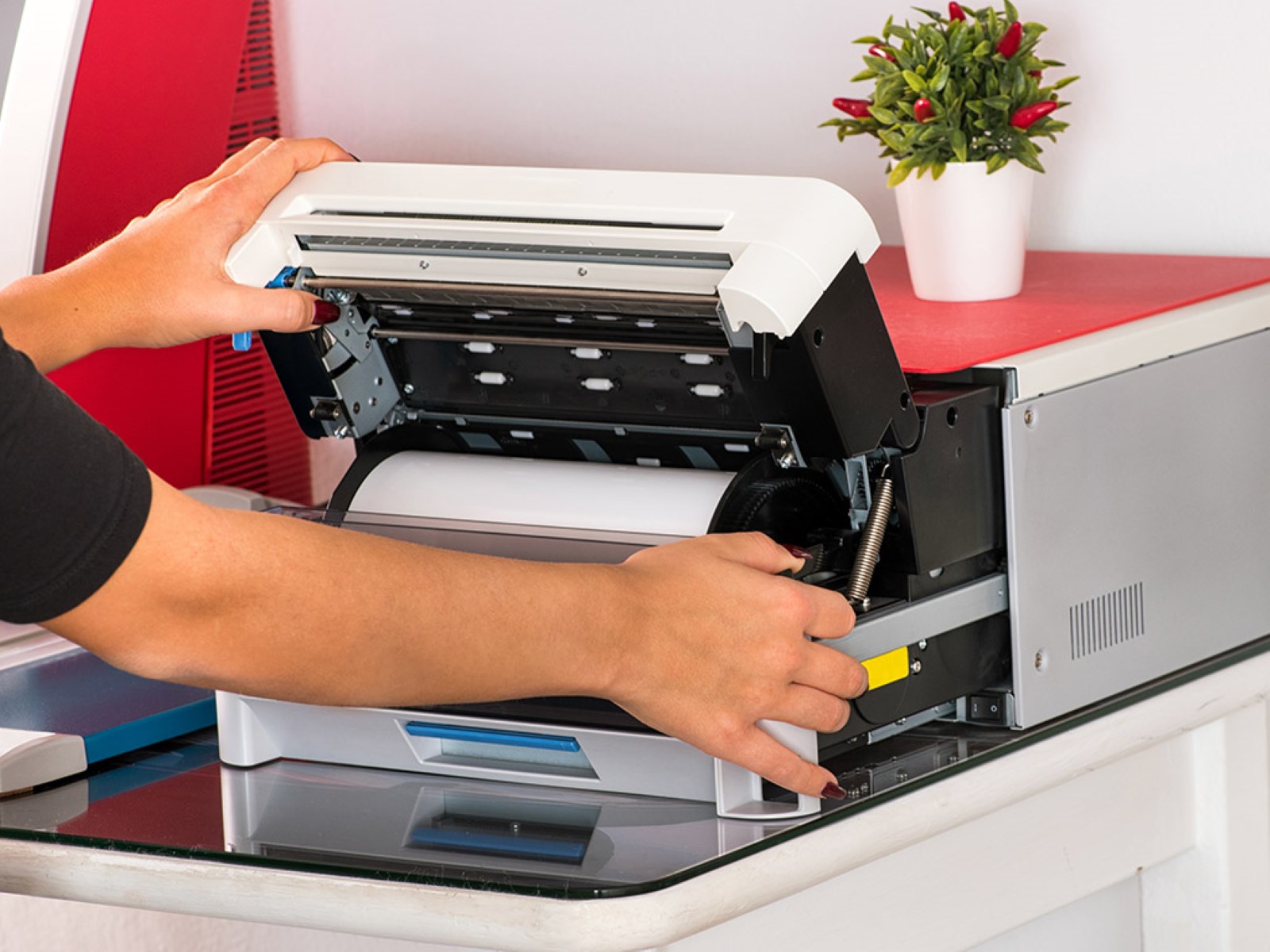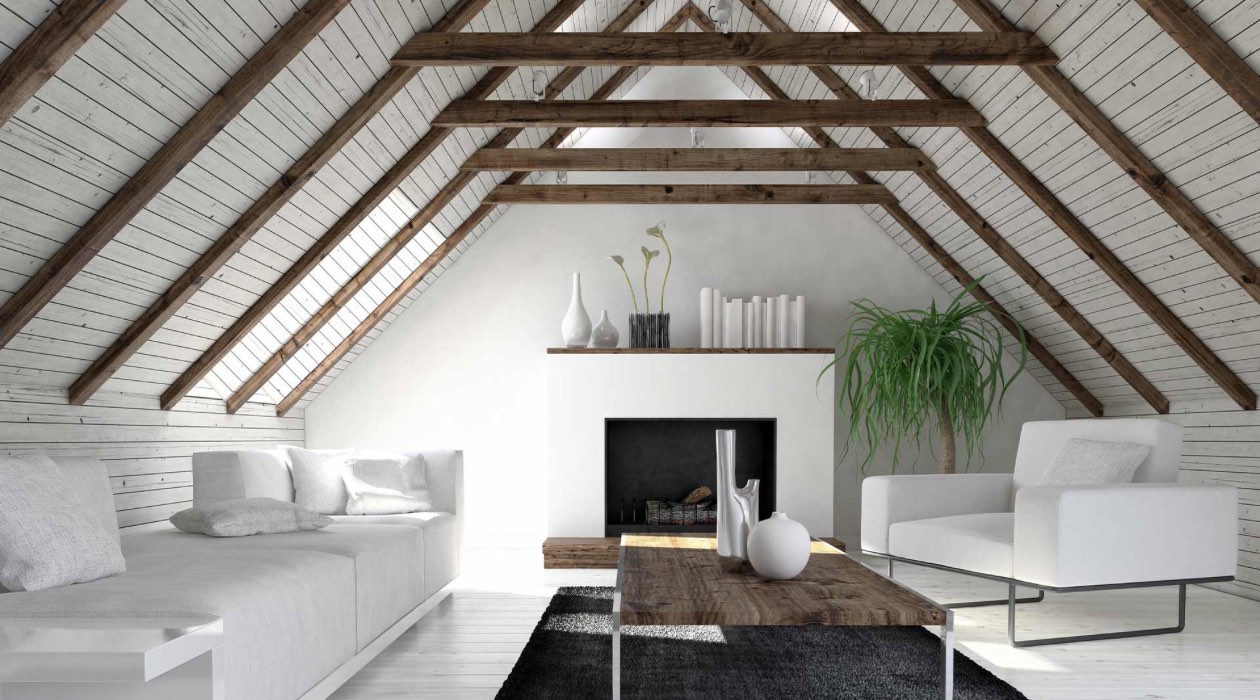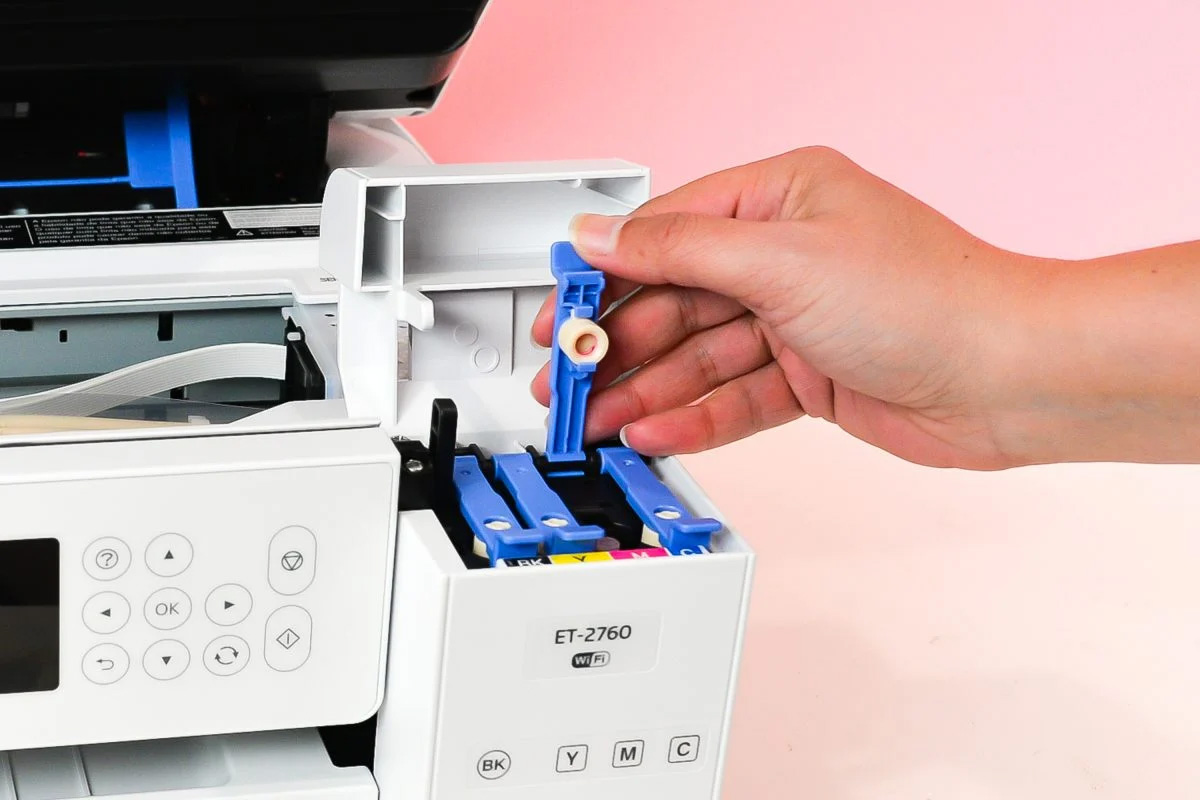Home>Gardening & Outdoor>Outdoor Structures>How To Convert A Shed Into A Greenhouse


Outdoor Structures
How To Convert A Shed Into A Greenhouse
Published: January 20, 2024
Learn how to convert your outdoor shed into a functional greenhouse with our step-by-step guide. Transform your outdoor structures into a thriving garden space. Discover the possibilities today!
(Many of the links in this article redirect to a specific reviewed product. Your purchase of these products through affiliate links helps to generate commission for Storables.com, at no extra cost. Learn more)
Introduction
If you're an avid gardener or someone who appreciates the beauty of nurturing plants, you may have considered the idea of having your own greenhouse. Greenhouses offer a controlled environment for plants to thrive, allowing you to extend the growing season and cultivate a wider variety of flora. However, building a traditional greenhouse from scratch can be a daunting and expensive endeavor.
Fortunately, there's a creative and cost-effective solution that involves repurposing an existing structure: converting a shed into a greenhouse. This innovative approach not only provides a practical use for an underutilized space but also offers an opportunity to exercise your DIY skills and create a unique gardening haven.
In this guide, we'll explore the step-by-step process of transforming a standard shed into a flourishing greenhouse. From assessing your shed's suitability for conversion to selecting the right materials and installing essential components, we'll cover everything you need to know to embark on this exciting project. Additionally, we'll delve into the maintenance aspects to ensure that your new greenhouse continues to support healthy plant growth for years to come.
So, whether you're a seasoned horticulturist or a gardening enthusiast with a passion for sustainable practices, join us on this journey to unlock the potential of your shed and cultivate a thriving greenhouse oasis right in your backyard. Let's dive in and discover the transformative possibilities of converting a shed into a greenhouse.
Key Takeaways:
- Transforming a shed into a greenhouse is a creative and cost-effective way to extend the growing season and cultivate a wider variety of plants. It’s a sustainable and rewarding project for gardening enthusiasts.
- Converting a shed into a greenhouse involves assessing the shed’s suitability, preparing the space, choosing the right materials, installing essential components, and maintaining the greenhouse for healthy plant growth.
Read more: How To Convert A Shed Into A Salon
Assessing Your Shed
Before embarking on the conversion process, it’s crucial to assess the feasibility of transforming your shed into a greenhouse. Consider the following factors to determine if your existing structure is suitable for this innovative makeover:
- Structural Integrity: Inspect the shed to ensure that its framework is sturdy and capable of supporting the additional components required for a greenhouse, such as shelving, hanging baskets, and potentially heavier roofing materials.
- Orientation and Sunlight: Evaluate the shed’s positioning in your yard to assess its exposure to sunlight throughout the day. An ideal greenhouse location receives ample sunlight, especially during the morning and early afternoon, to promote optimal plant growth.
- Ventilation and Air Circulation: Consider the shed’s existing ventilation features and windows. Adequate airflow is essential for a greenhouse environment to prevent heat buildup and maintain optimal growing conditions for plants.
- Size and Space: Assess the dimensions of the shed to determine if it provides adequate space for your desired greenhouse layout. Consider the types of plants you intend to cultivate and ensure that the shed can accommodate their growth requirements.
By thoroughly evaluating these aspects, you can make an informed decision about the viability of converting your shed into a greenhouse. If your shed meets the necessary criteria, you’re one step closer to creating a thriving botanical sanctuary right in your backyard.
Preparing the Shed
Once you’ve confirmed that your shed is suitable for transformation into a greenhouse, the next step is to prepare the space for its new botanical role. This involves a series of essential tasks to ensure that the shed is primed to nurture and support plant life effectively. Here’s how to prepare your shed for its greenhouse makeover:
- Clean and Clear: Begin by thoroughly cleaning the interior of the shed, removing any debris, clutter, or items that are no longer needed. Clearing the space allows for a fresh start and provides a blank canvas for the greenhouse conversion.
- Repair and Maintenance: Inspect the shed for any structural issues, such as leaks, rot, or damage to the walls, roof, or flooring. Addressing these issues before proceeding with the conversion ensures that the greenhouse environment will be secure and well-maintained.
- Light Optimization: Consider enhancing the shed’s natural lighting by cleaning windows or adding additional transparent panels to maximize sunlight penetration. Adequate natural light is essential for plant growth and overall greenhouse functionality.
- Insulation and Weatherproofing: Evaluate the shed’s insulation and weatherproofing to ensure that it can maintain a stable and suitable climate for plants throughout the year. Upgrading insulation and addressing any drafts can contribute to a more controlled greenhouse environment.
- Electrical Considerations: If you plan to incorporate electrical components, such as lighting or heating systems, ensure that the shed’s electrical infrastructure can accommodate these additions safely and efficiently.
By meticulously preparing the shed for its greenhouse transformation, you can lay the groundwork for a successful and flourishing botanical space. This proactive approach sets the stage for the subsequent stages of material selection, installation, and maintenance, guiding you toward the realization of your greenhouse vision.
Choosing the Right Materials
When converting a shed into a greenhouse, selecting the appropriate materials is pivotal to the project’s success. The materials you choose will contribute to the functionality, efficiency, and aesthetic appeal of the greenhouse. Here are key considerations for choosing the right materials:
- Glazing Options: Evaluate various glazing materials, such as polycarbonate panels, glass, or acrylic, considering factors like durability, insulation properties, and light transmission. The chosen glazing material will influence the greenhouse’s energy efficiency and overall performance.
- Structural Enhancements: Assess the shed’s existing framework and consider reinforcing it with additional support where necessary. This may involve adding bracing, trusses, or other structural elements to accommodate the greenhouse’s requirements.
- Ventilation Systems: Select ventilation components, such as louvers, roof vents, or exhaust fans, to facilitate proper airflow and temperature regulation within the greenhouse. Adequate ventilation is essential for plant health and disease prevention.
- Shelving and Storage: Choose durable and moisture-resistant materials for greenhouse shelving and storage units. Consider the layout of these elements to optimize space and facilitate efficient organization of gardening tools and supplies.
- Sealing and Insulation: Prioritize weatherproofing materials to seal gaps, prevent drafts, and insulate the greenhouse effectively. This contributes to maintaining a stable and controlled climate for plant growth, especially during colder seasons.
By thoughtfully selecting materials that align with your greenhouse goals and local climate considerations, you can enhance the functionality and longevity of your converted shed greenhouse. Additionally, the careful integration of these materials will contribute to the visual appeal of the structure, creating an inviting and harmonious environment for cultivating a diverse array of plants.
Consider adding insulation to the shed to regulate temperature and humidity for plants. This will help create a more stable environment for your greenhouse.
Installing the Greenhouse
As you embark on the installation phase of converting your shed into a greenhouse, careful planning and precise execution are essential to ensure a seamless and functional transformation. Here’s a comprehensive guide to installing the greenhouse components within your repurposed shed:
- Glazing Installation: Begin by installing the chosen glazing material, whether it’s polycarbonate panels, glass, or acrylic. Follow manufacturer guidelines and ensure proper sealing to create a weather-resistant and light-permeable enclosure.
- Ventilation Integration: Incorporate ventilation systems, such as louvers and roof vents, strategically to promote efficient airflow and temperature control. Position these components to maximize air circulation while safeguarding the greenhouse from external elements.
- Structural Reinforcement: If necessary, reinforce the shed’s framework to accommodate the additional weight and requirements of the greenhouse. This may involve adding support beams, trusses, or braces to enhance the structural integrity of the converted space.
- Shelving and Workstations: Install functional and durable shelving units, workbenches, and potting stations to facilitate organized gardening activities within the greenhouse. Optimize the layout to maximize space utilization and create an ergonomic environment for tending to plants.
- Electrical and Lighting: If electrical components are part of your greenhouse plan, proceed with the safe installation of lighting fixtures, heating systems, or other electrical amenities. Adhere to electrical codes and safety measures to create a reliable and user-friendly greenhouse infrastructure.
Throughout the installation process, prioritize precision, attention to detail, and adherence to safety protocols. By methodically integrating the greenhouse components into the shed’s structure, you’ll witness the gradual transformation of the space into a flourishing botanical haven.
Upon completing the installation, take a moment to appreciate the remarkable evolution of your shed into a functional and inviting greenhouse. The careful execution of this phase sets the stage for the final step: maintaining and nurturing your newly established green oasis.
Read more: How To Convert A Shed Into A Room
Maintaining Your Greenhouse
After successfully converting your shed into a greenhouse, ongoing maintenance is crucial to ensure that the environment remains conducive to healthy plant growth and sustains its functionality over time. Implementing regular care routines and addressing essential upkeep tasks will contribute to the longevity and productivity of your greenhouse. Here are key maintenance practices to prioritize:
- Cleaning and Sanitization: Regularly clean the glazing, surfaces, and interior of the greenhouse to remove debris, dust, and potential pathogens. Sanitizing the space helps prevent diseases and maintains a hygienic environment for plants.
- Temperature and Humidity Control: Monitor and regulate the greenhouse’s internal climate, adjusting heating, cooling, and humidity levels as needed to align with the specific requirements of the plants being cultivated. Invest in quality thermometers and hygrometers to facilitate accurate environmental control.
- Pest and Disease Management: Implement integrated pest management strategies to prevent and address infestations effectively. Regularly inspect plants for signs of pests or diseases, and promptly take measures to mitigate these issues to safeguard plant health.
- Irrigation and Watering: Establish a consistent watering schedule and ensure that plants receive adequate moisture without leading to waterlogging. Consider automated irrigation systems or self-watering mechanisms to streamline the watering process and maintain optimal soil moisture levels.
- Organized Maintenance Tasks: Create a maintenance calendar outlining routine tasks such as pruning, fertilizing, and soil replenishment. Establishing a structured maintenance schedule helps manage gardening activities efficiently and promotes the overall well-being of the greenhouse ecosystem.
By prioritizing these maintenance practices, you can cultivate a thriving and sustainable greenhouse environment that supports the flourishing growth of a diverse range of plants. Embracing the role of a dedicated caretaker for your greenhouse fosters a deeper connection with your botanical sanctuary and ensures a fulfilling and rewarding gardening experience.
Conclusion
Embarking on the journey of converting a shed into a greenhouse is a testament to your creativity, resourcefulness, and passion for gardening. Through careful assessment, meticulous preparation, and thoughtful execution, you’ve transformed a conventional structure into a flourishing botanical sanctuary that offers boundless opportunities for plant cultivation and horticultural exploration.
By repurposing an existing shed, you’ve not only minimized the environmental impact of construction but also breathed new life into a space that may have otherwise gone underutilized. Your commitment to sustainable practices and innovative gardening solutions is a commendable reflection of your dedication to nurturing the natural world.
As you immerse yourself in the ongoing care and maintenance of your greenhouse, you’ll witness the fruits of your labor blossom and thrive within this nurturing environment. The joy of tending to vibrant flora, the satisfaction of harvesting homegrown produce, and the tranquility of being surrounded by nature’s beauty are just a few of the rewards that await you within your converted shed greenhouse.
Furthermore, your greenhouse serves as a living testament to the potential for transformation and adaptation. It exemplifies the harmonious coexistence of human ingenuity and the wonders of the natural world, encapsulating the essence of sustainable living and the profound connection between individuals and the environment.
As you continue to cultivate your greenhouse oasis, may it inspire others to explore innovative gardening endeavors, embrace sustainable practices, and forge deeper connections with the earth. Your dedication to nurturing this green haven not only enriches your life but also contributes to the collective tapestry of environmental stewardship and botanical appreciation.
In the ever-evolving tapestry of your gardening journey, your converted shed greenhouse stands as a testament to the transformative power of vision, dedication, and a deep-rooted love for the verdant splendor of the natural world.
Frequently Asked Questions about How To Convert A Shed Into A Greenhouse
Was this page helpful?
At Storables.com, we guarantee accurate and reliable information. Our content, validated by Expert Board Contributors, is crafted following stringent Editorial Policies. We're committed to providing you with well-researched, expert-backed insights for all your informational needs.















0 thoughts on “How To Convert A Shed Into A Greenhouse”